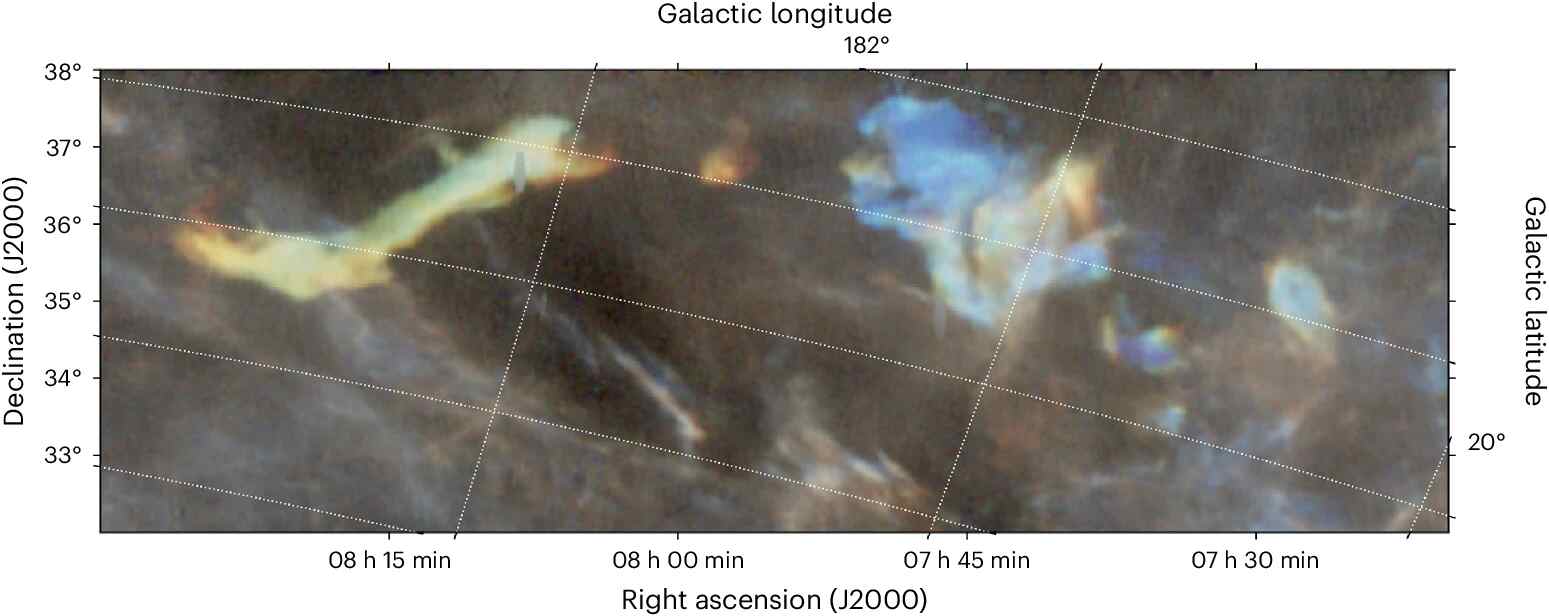THE LATEST
Investigating Earth's encounter with an interstellar cloud: Profound revelations from supercomputer simulations

In a recent study by researchers from Boston University, new details have been uncovered about a significant event in Earth's history that occurred around two million years ago. The study suggests that Earth may have come into proximity with a dense interstellar cloud, challenging our understanding of how the solar system operates.
The lead physicist, Merav Opher, known for her groundbreaking work in heliospheric studies, led the research. Using advanced supercomputer models, Opher and her team aimed to determine the exact position of the solar system, particularly the Earth and its neighboring celestial bodies, during the specified period.
The researcher's objective was to use supercomputer simulations to accurately visualize the location of the sun and its surrounding components in the cosmic expanse two million years ago. This allowed the team to comprehend the interactions between Earth and its interstellar surroundings during that period.
The essence of Opher's revelations lies in the probable connection between our solar system and a nearby cluster of cold, dense clouds rich in hydrogen, known as the Local Ribbon of Cold Clouds. One particular focus is on the Local Lynx of Cold Cloud, believed to have moved into the area around our solar system. According to this cosmic tale, this encounter may have briefly exposed Earth and the other planets to potential harm, as they were momentarily outside the protective reach of the sun's heliosphere.
Opher envisions a scenario where the heliosphere was compromised by the impact of this almost tangible cold cloud. This paints a vivid picture of Earth temporarily being exposed to the unpredictable nature of the interstellar medium, a realm filled with atomic remnants, pulsating cosmic rays, and raw elemental forces that are normally shielded from our planet. Geological evidence suggests increased levels of 60Fe and 244Pu isotopes, indicating a cosmic struggle that affected Earth's climate in the distant past.
Opher stresses the profound implications of this research, shedding light on the possibility that this cosmic encounter could have altered Earth's radiation dynamics, atmospheric makeup, and climatological paths. Further exploration into the cosmic influences that have shaped our planet's geological evolution holds the promise of uncovering additional details.
This research, supported by NASA and driven by unyielding scientific curiosity, provides a profound insight into our stellar history. It stands as a testament to humanity's ability to delve deep into the mysteries of the universe with remarkable sophistication and insight.

